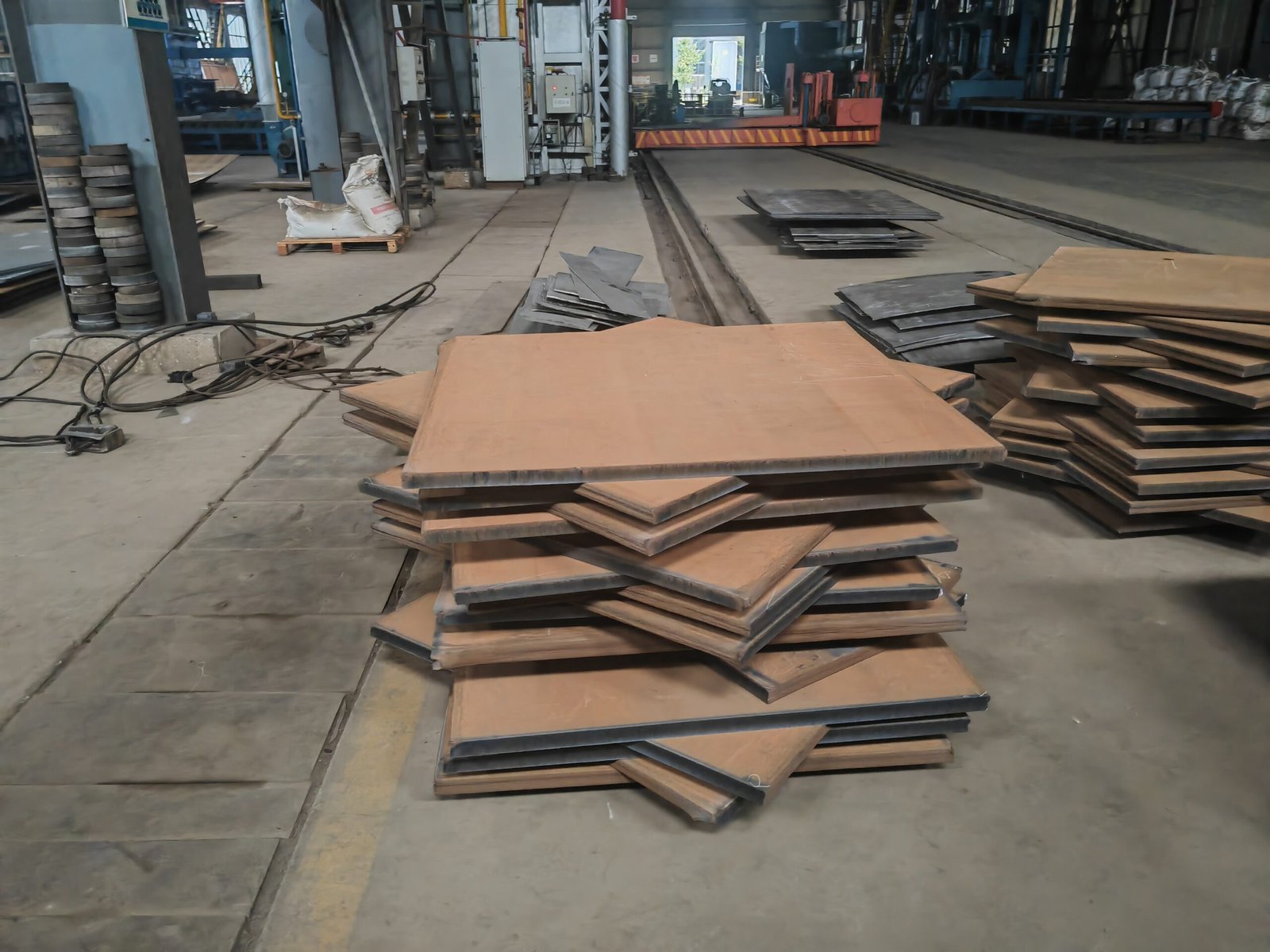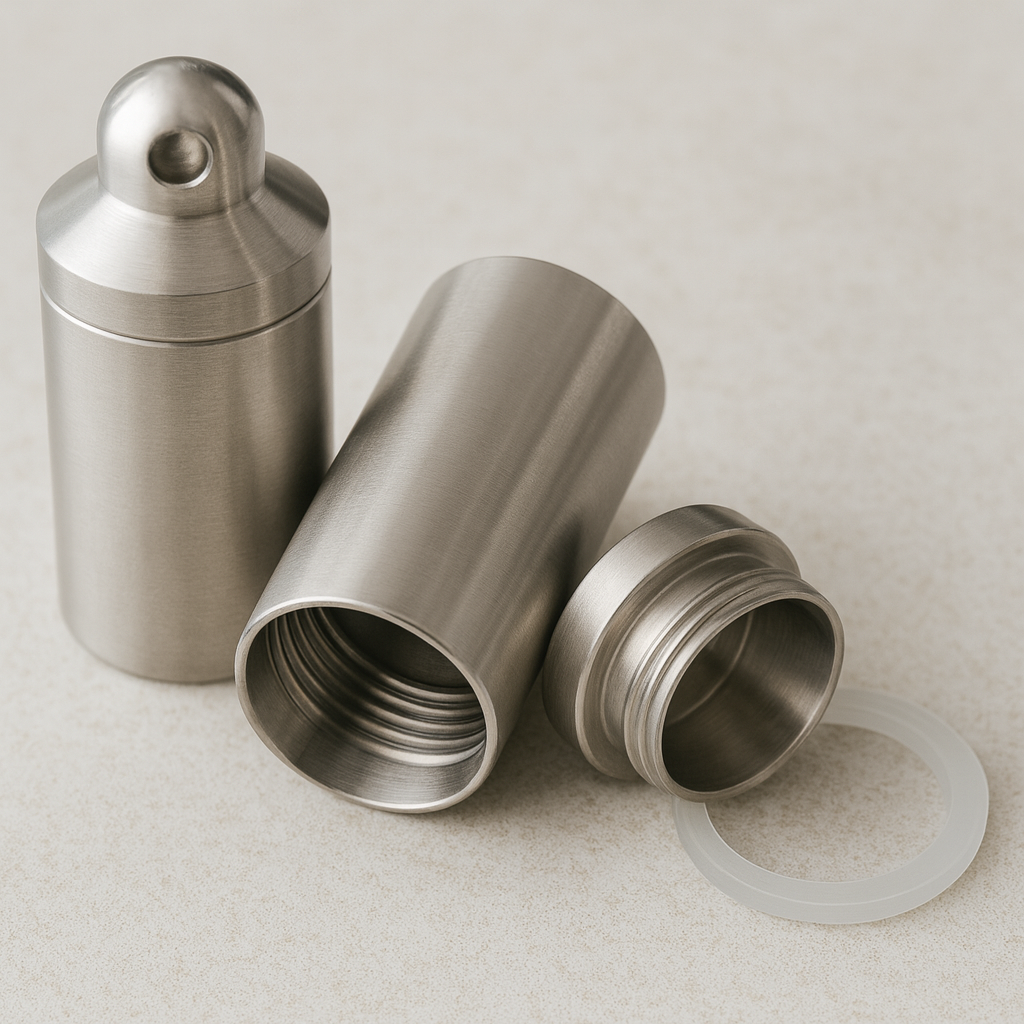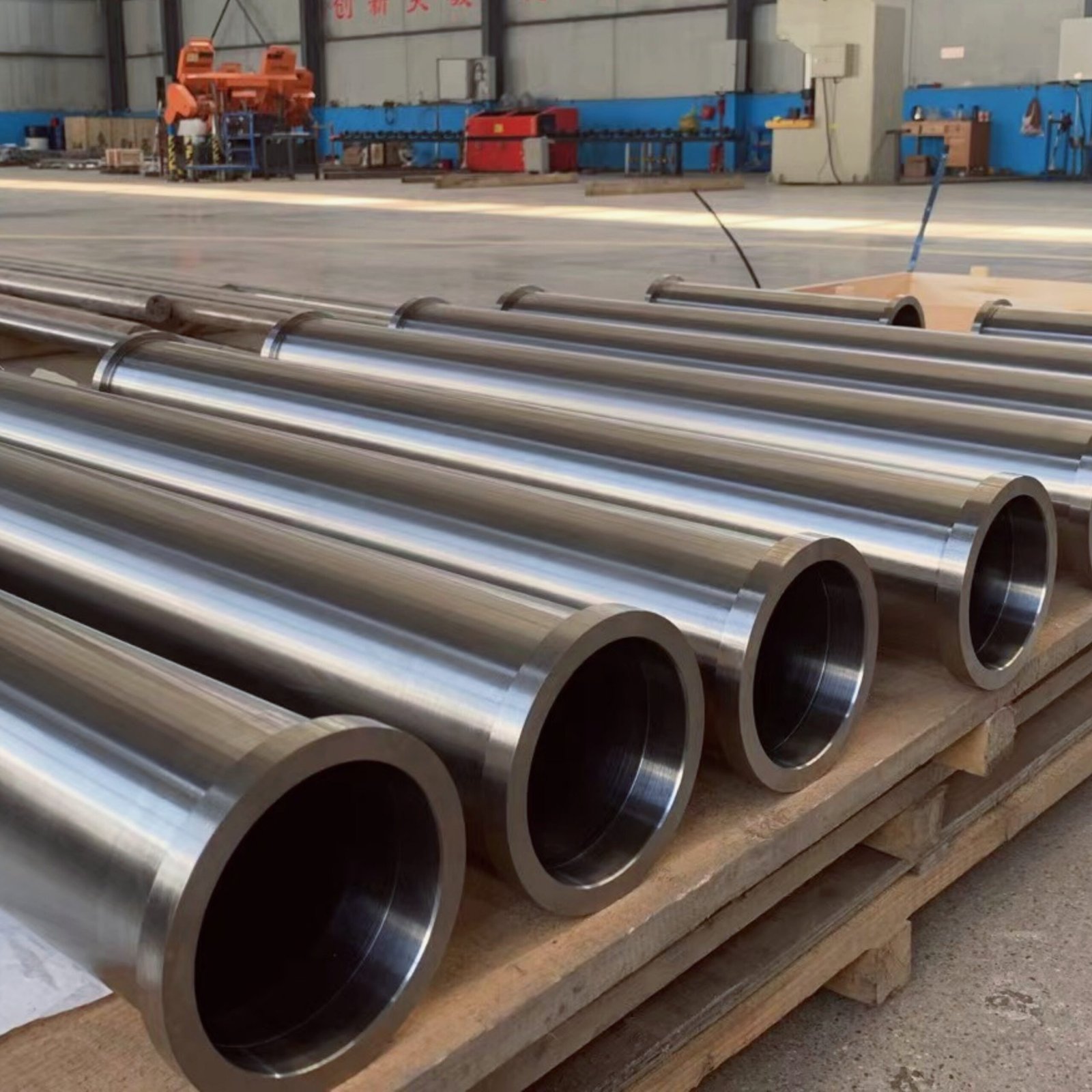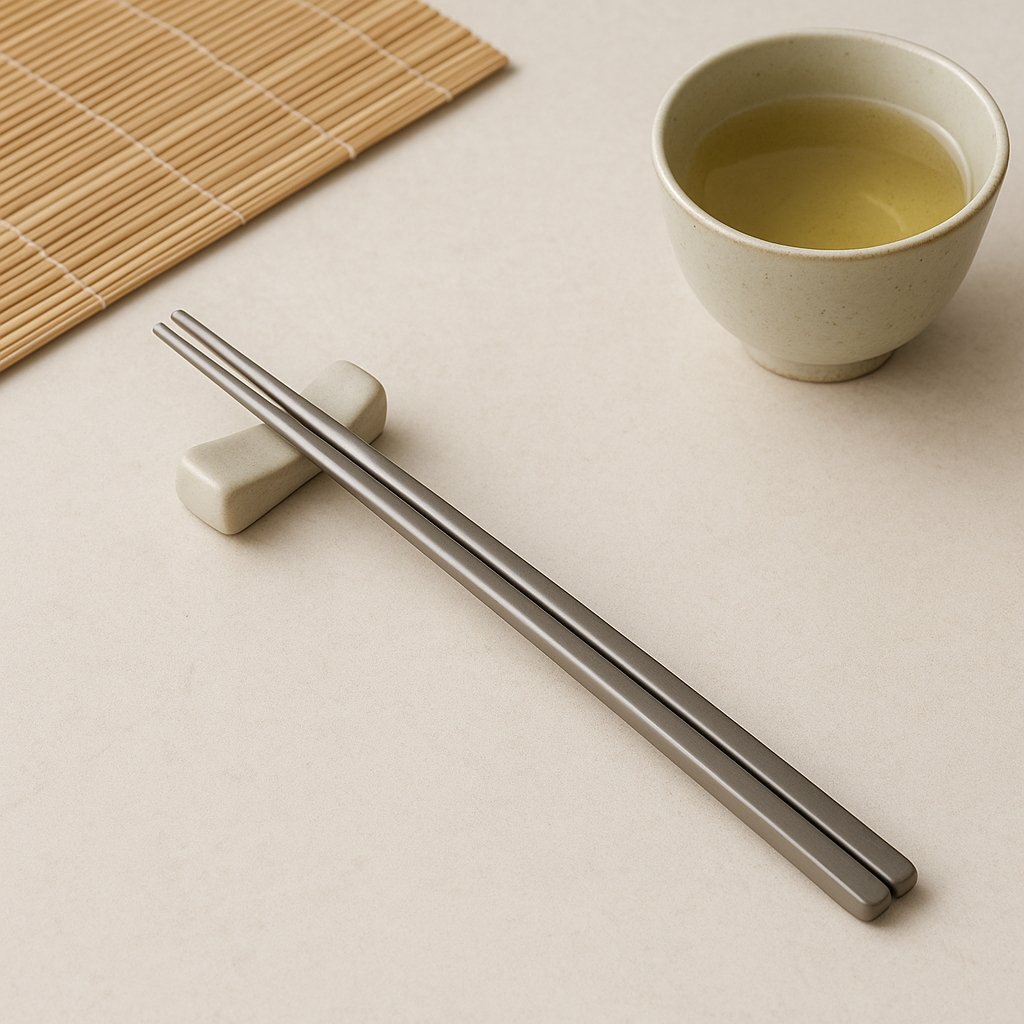Hi everyone! I'm Aria Ma, a foreign trade representative. Recently, many friends have been asking me questions about manufacturing, especially common products like titanium standard parts. As I've been following up on orders and spending time in the factory, I've had the opportunity to witness many production steps firsthand. Today, I'd like to take this opportunity to share with you what I've observed, hoping to help everyone better understand the production process of titanium standard parts.
The production of titanium standard parts follows a relatively fixed process. Let me use the manufacturing of titanium bars as an example to guide you through the entire production workflow. Starting with titanium ingot preparation, these ingots typically come in basic shapes like rectangles or cylinders. Based on order requirements, we divide the ingots according to product weight specifications to ensure they meet the size requirements. This simple step is crucial; it sets the base for all later stages and ensures smooth processing.
Forging
Next comes the forging stage, which is crucial for products like titanium bars, tubes, and plates. Forging heats titanium ingots to high temperatures, making them malleable for easier processing. Different titanium alloys require different forging temperatures. For pure titanium, we typically heat it to between 900℃ and 1000℃. For certain titanium alloys (such as Grade 5), the forging temperature should be controlled at 850℃ to 950℃ to prevent alloying element changes or oxidation.

After heating, we compress and stretch the titanium ingots under high pressure to gradually form them into the desired shape. This process not only changes the titanium's appearance but also optimizes its internal structure through the combined effects of heat and pressure, making the titanium alloy's grain structure more uniform and dense. This enhances the strength and toughness of the titanium alloy while providing a better foundation for subsequent processing. The shape transformation varies for different standard parts - titanium tubes are forged into tubular forms, while titanium bars maintain their round or square shape.
Rolling
After forging, the next step is rolling. The rolling process involves passing the titanium alloy through pairs of rollers. This reduces its thickness and increases its length until it meets the final product specifications. Whether it's titanium bars, plates, or tubes, the rolling process significantly impacts their shape and dimensions. Through this step, the titanium products become more uniform in shape, and their structure becomes more stable.
Temperature control during rolling is crucial. Typically, the rolling temperature for titanium alloys ranges between 700℃ and 900℃. Uniform heating to the appropriate temperature is essential because uneven temperatures can lead to inconsistent processing, affecting the product's form and performance. Additionally, it's important to avoid excessive deformation during rolling, as this could cause cracks or defects in the titanium alloy. During each pass through the rollers, we must precisely control the compression ratio, speed, and pressure. This ensures that the titanium alloy gradually stretches and thins while maintaining structural integrity.


The rolling details vary for different standard parts. For example, titanium plate rolling primarily involves repeated compression to make it progressively thinner while maintaining surface flatness. Titanium tubes, besides rolling, require specialized tubular dies to control wall thickness. This ensures wall uniformity and roundness. As for titanium bars, we mainly focus on gradual stretching to ensure consistent diameter and length without any deviation.
Overall, rolling is a crucial step for both the shape and performance of titanium products. It not only helps us adjust the final specifications. It also ensures the quality and stability of each titanium product through precise control of temperature and rolling processes.
Heat Treatment
After we complete rolling, we typically perform a very important step—heat treatment. Heat treatment alters the internal structure of titanium alloys by controlling temperature and time, thereby enhancing their performance. While the name might sound very technical, it's essentially a process of heating and cooling to make titanium bars, tubes, plates, and other products more robust and durable, ensuring their hardness, strength, and other characteristics meet standards.
Specifically, there are several different methods for heat treatment, with annealing being the most common. Annealing involves heating titanium products to a certain temperature and then slowly cooling them. This process not only removes stresses generated during processing but also makes the titanium's structure more uniform, helping to improve its toughness and ductility.

Different titanium products have different heat treatment requirements. For example, titanium tubes usually require higher corrosion resistance, so the annealing temperature and method may vary. We might heat them to a higher temperature, hold them for a period of time, and then cool them slowly to ensure their corrosion resistance meets standards. For titanium bars, annealing focuses more on improving their strength and toughness. This is especially important since titanium bars need to withstand significant pressure and tension in many industrial applications. Therefore, we adjust the annealing temperature and cooling rate to ensure they are neither brittle nor prone to deformation.
The heat treatment process may sound a bit complex, but it's crucial in the production of titanium standard parts. The details of our annealing process are adjusted based on different application requirements, and these adjustments ultimately determine the performance of each titanium product—whether it's corrosion resistance, strength, or other special properties.
Final Machining
Finally, all titanium products undergo rigorous inspection. We carefully check their dimensions, surface quality, mechanical properties, and more, ensuring that every batch of products fully meets customer requirements. For some high-demand titanium bars and tubes, further fine machining may be required. This ensures their precision and surface finish meet standards or even personalized customer needs.
Overall, the process of manufacturing titanium standard parts is a very meticulous and strict procedure, where every step requires precise control. Although titanium bars, plates, tubes, and other products differ in specific manufacturing steps, many processes are similar. These include forging, rolling, and inspection. No step can be taken lightly; any deviation could result in the final product failing to meet the expected quality standards.


In summary, the production process of titanium standard parts is much more complex than it appears, but it is precisely these intricate and strict steps that ensure the high quality of the final titanium products. Therefore, I hope that today's sharing has given everyone a clearer understanding of the titanium product manufacturing process. If you have any further questions about these steps, or if there is anything else you would like to know, please feel free to leave a message! Alright, that's all for today's sharing. See you next time!



